The gap between what companies say and do is fundamental to responsible and sustainable business. When the gap is large, we use the word ‘greenwashing’ (or, in extreme cases, ‘lying’). When it’s small, we say that the business is ‘trustworthy’ or ‘authentic’. Authenticity is when something is genuine, true and based on fact. But how can companies demonstrate this?
Marketeers have been talking about authentic brands for years. But you only need to open up your Daily Media Briefing to see company after company coming unstuck for over-claiming. The area I’m particularly tracking at the moment is ESG investing: asset managers from DWS to Goldman Sachs have been fined by regulators for claiming to do more than they really are. Having witnessed big corporates hit with greenwashing accusations for so many years, it’s fascinating to see it emerging in the world of ESG.
The Portuguese friar, St Anthony of Padua, was the first to preach that, “actions speak louder than words”. “Let your words teach and your actions speak,” he commanded. This is sage advice in today’s world of online misinformation, disinformation, fake news and cynicism.
According to Edelman’s latest Trust Barometer, nearly six in ten people worldwide say their default is not to believe something until they see some evidence that it is trustworthy. We seem to have become doubtful about everything. For anyone wanting to build or defend a reputation, this means telling the story isn’t enough. It might even backfire. You can tweet your stats to stakeholders, engage your employees in the story and share your progress with investors – but they might not actually believe you. There’s something else that’s needed.
There are a few ways to evidence authenticity. Firstly, there’s what we choose to share. Communication typically focuses on the good news. But being authentic means revealing the challenges, the lessons learnt, the gaps in our knowledge. That’s vital for sustainability – an imperfect science which we are all still learning. Secondly, there’s where we choose to focus. With rising demands on reporting, it’s easy to lose sight of the primacy of action. Transparency and accountability are the building blocks, but what stakeholders really want to see is results. That’s because we can’t create a more just and sustainable society without real transformations to crunchy things like business models, products and supply chains.
Finally, there’s the metrics. Business should aspire to evidence action and impact. Much of what is measured in sustainable business, is a disclosure or commitment. Raters tick the box if they see the human rights policy or future net zero goal. These are essential to assess ambition and transparency. But performance metrics give insight into action. They enable a comparison over time. They track progress against promises. Are greenhouse gas emissions on a downward trajectory in line with the science? Are the figures for women in management consistently improving year on year? How far from the goal of zero accidents are we? By comparing temporal data with scientific thresholds and norms, sustainability can be explained in context. The goal of impact measurement is about evidencing real change for the long term.
Companies that want to build authenticity and trust, should share the tricky news as well as the good stories. They should focus on actions, and provide performance-based evidence to substantiate claims. By sharing challenges, focusing on implementation, charting performance and measuring outcomes, the story you are trying to tell is much more likely to be believed.

Author: Richard Hardyment is writing a book about measuring sustainability. He has been a Director of the World Benchmarking Alliance and Corporate Citizenship.
Source: CC Social Impact Feed

